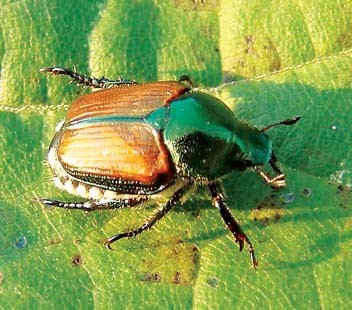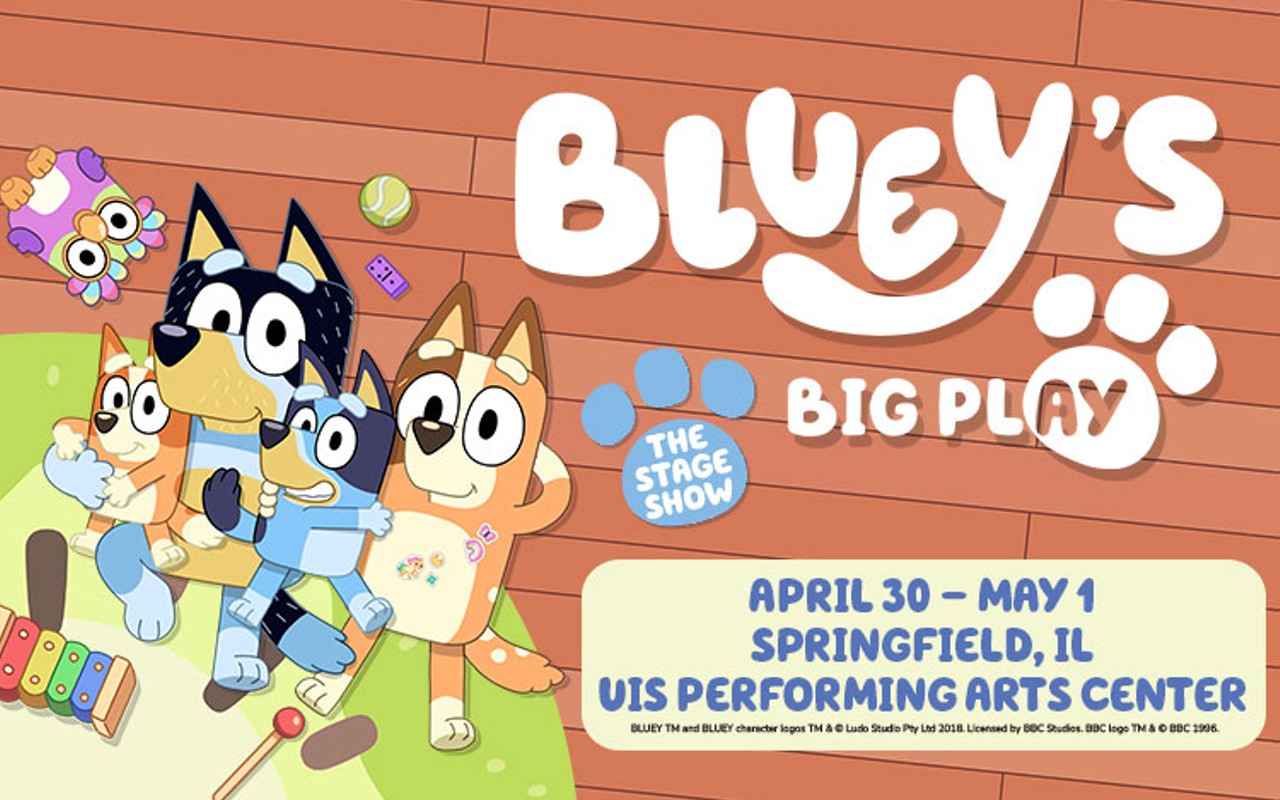Sightings of adult Japanese beetles began in mid-June. Since then they have been seen munching on roses, crabapples, lindens, raspberries, apple trees, basil and much more. Feeding on plants generally lasts from mid-June until mid-August.
The Japanese beetle, Popilia japonica Newman, is approximately 1/2 inch long and is metallic green with coppery wing covers. The beetles chew the leaf tissue between the veins, leaving a skeletonized leaf. Adults most actively feed from 9 a.m. to 3 p.m. on warm, sunny days. Normally they start feeding on the upper portions of plants and work downward. Japanese beetles prefer plants exposed to direct sunlight.
Damage to trees and shrubs is considered to be primarily aesthetic. However, there are several control options for Japanese beetles.
Adult beetles change to a new plant host about every three days. They prefer to feed on foliage previously damaged by other Japanese beetles. It is essential to control early damage to plants. Hand-removal of beetles is effective on smaller plants such as roses, basil and raspberries. In the late afternoon and evening, disturbed beetles fold their legs and drop to the ground. By holding a container of rubbing alcohol (isopropyl alcohol) or soapy water under beetles and poking at them, one can easily collect a pint or so in less than an hour. If this is done every day or two for the first couple of weeks after the beetles emerge, subsequent damage through the summer is reduced.
Netting is used to provide complete protection. Rosarians protect prize individual buds and blooms or even entire plants with netting. Backyard blueberry growers use netting as well. Shadecloth with a high light transmittance, spun-bound polyester row covers, netting sold in fabric stores, window screening and other meshes all work well.
Insecticides provide effective control of adult Japanese beetles. Heavily attacked plants can be sprayed with carbaryl (Sevin), cyfluthrin and other labeled pyrethroid insecticides. Always read and follow label directions for safe use of pesticides. Sevin is toxic to bees and other beneficial insects and should be sprayed in the evening. Protect natural enemies such as birds and predator insects by keeping the use of conventional pesticides to a minimum. Spray only plants where damage is very noticeable or food crops that are under attack. Plants in less obvious parts of the landscape and large trees can go untreated.
Imidacloprid (Merit, Bayer Advanced Garden Tree and Shrub Insect Control) moves systemically through the tree to provide control. Soil applications require two months to move through the tree and so are not practical for this year’s infestation. Once in the tree, the imidacloprid should be effective for at least a year.
Traps are available that contain a pheromone (externally produced hormonelike chemical) attractive to male Japanese beetles and a floral lure attractive to female beetles. The pheromone traps are useful for detecting beetle emergence, but not recommended as a control. Research shows that beetles are attracted from a considerable distance to areas near the traps but then switch their seeking behavior to food plants, resulting in heavier plant damage near traps. Even though the traps catch large numbers of beetles, their use is not recommended.
Jennifer Fishburn is horticulture educator with the University of Illinois Extension, Sangamon-Menard Unit. Contact her at [email protected].





















